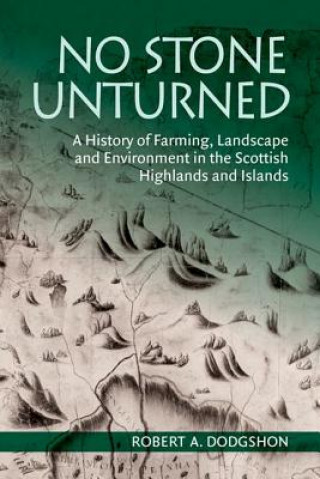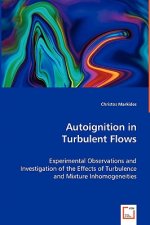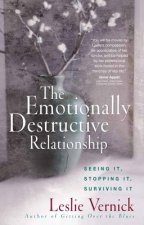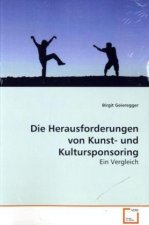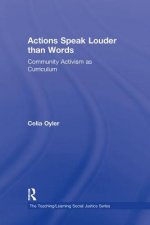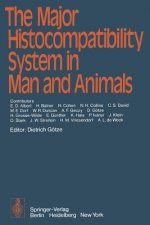
Livraison
Guide d'achat
16 126 809 livres à l’intérieur 175 langues






Afficher toutes les langues (175)
2 047 052 livres numériques à l’intérieur 101 langues






Afficher toutes les langues (101)





Cela ne vous convient pas ? Aucun souci à se faire ! Vous pouvez renvoyer le produit dans les 30 jours
 Bon d’achat
n'importe quelle valeur
Bon d’achat
n'importe quelle valeur
Impossible de faire fausse route avec un bon d’achat. Le destinataire du cadeau peut choisir ce qu'il veut parmi notre sélection.
No Stone Unturned
 Anglais
Anglais
 328 b
328 b
 common.delivery_to
common.delivery_to
Politique de retour sous 30 jours
Ceci pourrait également vous intéresser


This is a survey of how Highland society organised its farming communities, exploited its resource base and interacted with its environment from prehistory to 1914. There has long been a view that the farming communities to be found in the Highlands prior to the Clearances were archaic forms. The way in which they were organised, the way in which they farmed the land and the technologies which they employed were all seen as taking shape during prehistory and then surviving relatively unchanged. Such a view first emerged first during the late 19th century and found repeated expression through a number of studies thereafter. However, its entrenchment in the literature was despite the fact that many ongoing studies have highlighted aspects of how the region changed from prehistory onwards. This study confronts this conflict over the question of continuity/discontinuity debate through an analysis of the cultural landscape. Starting with prehistory, it examines the way in which the farming community was organised: its institutional basis, its strategies of resource use and how these impacted on landscape, and the way in which it interacted with the challenges of its environment. It carries these themes forward through the medieval and early modern periods, rounding off the discussion with a substantive review of the gradual spread of commercial sheep farming and the emergence of the crofting townships over the eighteenth and nineteenth centuries. Throughout, it draws out what changed and what was carried forward from each period so that we have a better understanding of the region's dynamic history, as opposed to the ahistorical views that inevitably flow from a stress on cultural inertia. It provides a one stop text for the long term history of the Highland countryside. It synthesises a great deal of work on the Highland farming community during the medieval and early modern periods in terms of its institutional organisation, resource exploitation, landscape impacts and interactions with environment. It introduces new ideas and arguments that have not been treated or previewed in other published work. It provides the most substantive review of the continuity/discontinuity debate in the Highland landscape currently available.
À propos du livre
 Anglais
Anglais


 Contact
Contact Comment faire ses achats
Comment faire ses achats








